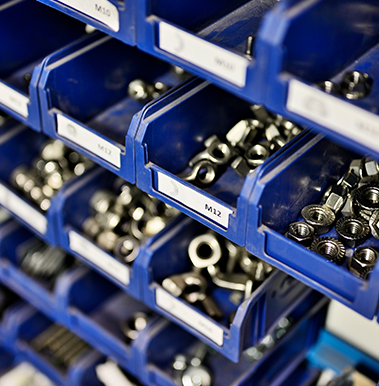Choose Your Language
Request a Quote
Polypropylene Copolymer (PPC)
- Home
- Products
- Polypropylene
- Polypropylene Copolymer

Polypropylene copolymer (PPC) is a type of polymer material that is produced by incorporating one or more comonomers—such as ethylene, butene, hexene, or other olefinic compounds—with polypropylene. The specific comonomer used and its concentration in the copolymer can be tailored to achieve desired characteristics, such as improved flexibility, impact resistance, transparency, or other specific attributes. Polypropylene copolymers find application in a wide range of industries and products, including automotive components, packaging materials, medical devices, household items, and more.
|
|
|
|
The two primary types of polypropylene copolymer are impact copolymer and random copolymer. These two variants differ primarily in their chemical composition and, as a result, their properties and applications.
Polypropylene impact copolymer, also known as polypropylene block copolymer or simply polypropylene copolymer, is chosen for its superior impact resistance and flexibility. PP impact copolymer is made by copolymerizing propylene with a small amount of another monomer, typically ethylene. The resulting polymer chain consists of regularly alternating propylene and ethylene units, or blocks.
PP random copolymer (PPR or PP-RC) is selected for its clarity, transparency, and stiffness. It is produced by incorporating ethylene or other comonomers randomly along the polypropylene chain, rather than in regular blocks. This randomization gives random copolymers improved optical properties that make them ideal for packaging or other applications that require transparency.
Due to its improved impact resistance and flexibility, impact copolymer PP is commonly used in applications such as automotive parts, containers, packaging, and household products where impact strength and toughness are essential.
Random copolymer’s transparency and stiffness make it suitable for applications such as clear packaging, medical devices, food containers, and housewares where clarity and rigidity are important factors.